Rainwater harvesting is a common means of harvesting water from nature, popular in the prepping community. It is simple enough that any do-it-yourselfer or handyman can set up a system on a Saturday, ensuring that their family will have access to water, when and if the city water goes out. For some of us, that happens a whole lot more than we’d like, especially if the city or town we live in has old pipes.
For those who aren’t already familiar with rainwater harvesting, it’s the idea of capturing the rainwater that falls on your property and putting it to use. For most people, this means capturing the rainwater that falls on the roof, as it is harder to catch what falls on the ground without having the room to build a pond on your land. However, if a house already has gutters and downspouts, all that’s needed is to run the downspouts into rain barrels to have a rainwater capture system.
Right? Uh, sort of.
The big problem with most rainwater capture systems isn’t capturing the rainwater, it’s storing it. Most people use 55-gallon plastic drums for their rainwater capture, which for some strange reason only hold 55-gallons. Adding additional barrels increases the capacity, but only in 55-gallon increments. I have yet to see a rainwater capture system with more than 4 barrels, giving them 220-gallons of total capacity.
There’s a oft-quoted figure in the prepping and survival community, stating that you need a gallon of water per person, per day, to survive. More correctly, that’s actually one gallon of water per person, per day for drinking and cooking. But drinking and cooking aren’t by far the only things we need that water for. I’ve long held that a more accurate figure would be five gallons of water per person, per day, once you figure in cleaning, bathing, washing clothes and watering a vegetable garden. And that’s a very conservative figure.
Based on that, a 4-barrel rainwater capture system will only provide enough water for a family of four for 11 days. If you decide to throw out my 5-gallon figure, it still isn’t enough, as that 4-barrel system will only hold enough water for 55 days for a family of four. And that’s assuming that you don’t need to clean, bathe or water your vegetable garden.
Regardless of which figure you use, the big question is whether you will have enough water to get you through until the next time it rains. That depends mostly on the rainfall that you experience in the area in which you live; both how frequently it rains and how much rainfall you get at a time.
Calculating Your Potential Rainfall Harvest
Anyone who is going to count on rainfall harvesting for the water their family needs, needs to take the time to figure out just how much rainfall you can count on getting and when you’re going to get that rain. That’s really not much of an issue for places like Oregon, where it seems to rain all the time; but it’s a major issue for anyone living in the Southwest, where rain can be scarce.
The starting point for this investigation is online, looking at websites like:
- WeatherSpark (my personal favorite)
- National Weather Service
- U.S. Climate Data
- Weather U.S.
It’s not enough to know what the average annual rainfall is, as that rain might all fall at about the same time, leaving large chunks of the year without any rainfall at all. Rather, you need to look at it month by month, seeing just how much rainfall you can expect to get, for each month, where you live. Using where I live, I can see that the rainfall goes from a low of 1.61” in January, to a high of 3.31” in June, then dips down a bit, before climbing back up to 3.40 in September and then ending the year at 1.53” in December.
Okay, so what does that tell me, besides that I have more rain in the spring and fall, than I do in the summer and winter? In order to figure that out, I need to also know just how much roof area I’m collecting rainwater from. For most of us, that just means the back half of our roof, as we keep our rainwater capture systems limited to the backyard.
In my case, the portion of my roof that I am collecting rainwater from is L-shaped. So, rather than just measuring length by width to get the square footage, I have to calculate each leg of the “L” and then add the two numbers together. While doing that, I have to make sure that I don’t count the area covered by both legs twice. For my house, that means a rectangle of 11 x 44 and another of 40 x 16, less the overlapping area of 11 x 16. That works out to a total roof area that I am capturing rainwater on of 948 square feet. Please note that the roof angle or slope is immaterial, as we’re talking about how many square feet of rainfall coverage, not roof coverage.
Taking that 948 sq. ft. and multiplying it by my average January precipitation requires converting feet to inches or inches to feet. One square foot equals 144 square inches, so my 948 sq. ft. becomes 136,512 sq. in. Multiplying that by 1.61 inches of rainfall means that I can expect an average water collection for January of 219,784.32 cubic inches of rainfall; or, since there are 1,728 cubic inches in a cubic foot, that works out to 127.19 cubic feet of water. Since there are 7.48 gallons per cubic foot, that’s 951.38 gallons of water. Surely that’s enough to get me through the month, right?
Water Storage Rears its Ugly Head
Hold on a minute… just where am I going to store almost 1,000 gallons of water, especially if I only have four 55-gallon rain barrels?
The wettest month of the year where I live is September, when there’s a 30% chance of rain on any particular day. But in January, that drops down to about a 12% chance. Put another way, it will only rain one in four days in January. Will my 220-gallons of water barrels be enough? Statistically speaking, it will be; a family of four, using 5-gallons per person, per day, will use about 600 gallons of water per month. But we can’t count on rain falling every four days. It might decide to wait until the end of the month to start raining and give us all that rain in the last four days of the month. So, we need to make sure we have enough storage capacity to get through till that next rainfall, even if it doesn’t come as soon as we expect.
Six-hundred gallons of water is 11 – 55-gallon drums. That might be a space problem for most people. It will certainly be unsightly; and is likely to attract the neighbor’s attention. That’s not something any of us want. Fortunately, there are other options. Intermediate bulk carriers hold either 275 or 330 gallons, depending on the style. A couple of those will take up less room than 11 drums will.
Another option is to use an above-ground pool for storing our water storage. A 16-foot diameter, 3-foot-deep pool holds 603 cubic feet of water, or about 4,500 gallons. A smaller, 12-foot diameter pool, the same depth, holds about 2,500 gallons. Not only is that a lot of water storage, but it’s a stealthy way of storing the water, which the neighbors shouldn’t suspect of anything.
The tricky part here is getting the water from your downspouts to the pool. Obviously, putting the pool close to where the downspouts are located will be a big help; but that’s not all. You’ll probably need to plumb some pipe from the downspout to the pool, allowing it to fill directly. You may not want to leave that in place, as it will attract attention; but have it built and tested, ready to be put in place when an emergency happens, is essential.
Having had those above-ground pools, I will warn you that you need to take care to make sure they don’t spring a leak. Those leaks mostly occur on the bottom, where the bottom meets the sides. Put down a good base of sand, leveling and smoothing it, before putting up the pool, to act as protection. Then cover it with thick plastic, as a further barrier to protect he pool’s material.
What About Mosquitoes?
The other concern with water storage is mosquitoes. While female mosquitoes need our blood in order to grow their eggs, they need water to plant those eggs. The mosquito larva grow in the water and eventually come out, turning into more blood-sucking mosquitoes. But if we can stop the larva from growing, we won’t have as many of them sucking our blood. I don’t think we’ll ever get rid of them, but I don’t’ think we want to give them a ready-made breeding ground.
There are several ways of stopping mosquito larva from growing in our water. The first is to completely close in the water, so that the mosquitoes can’t get to it. That involves putting screening over the tops of the barrels. Even that isn’t totally foolproof though, as they might wash down the downspout.
Keeping water barrels or the swimming pool clean will go a long way towards stopping larva growth, as they need organic debris to feed on and hide. Another option is to add vinegar to the water, as that will kill them. But perhaps the easiest way to keep down the mosquito population is to put a couple of goldfish in each barrel. The goldfish will feed on the larva, as well as any algae that forms on the container walls.
One Final Thing
Please note that any water collected through rainwater capture must be purified before drinking. While the rainwater itself is clean while it is falling, once it hits your roof it is at risk of contamination. So, purify anything you’re going to drink or cook with (unless it will be boiled). Water that is used for cleaning and bathing however, doesn’t need to be purified.


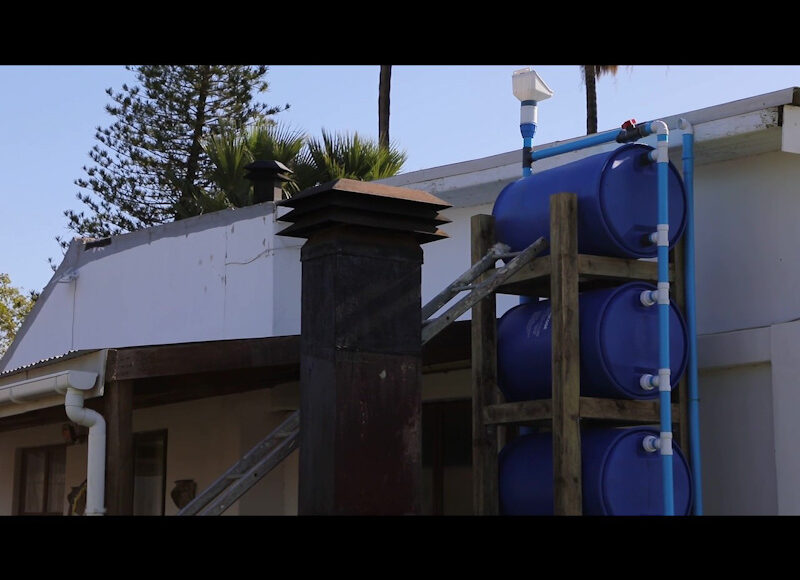


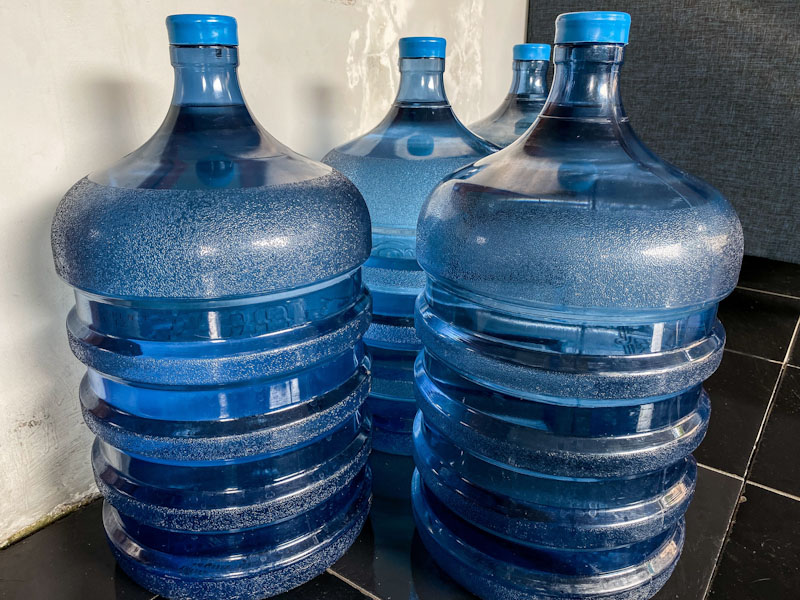
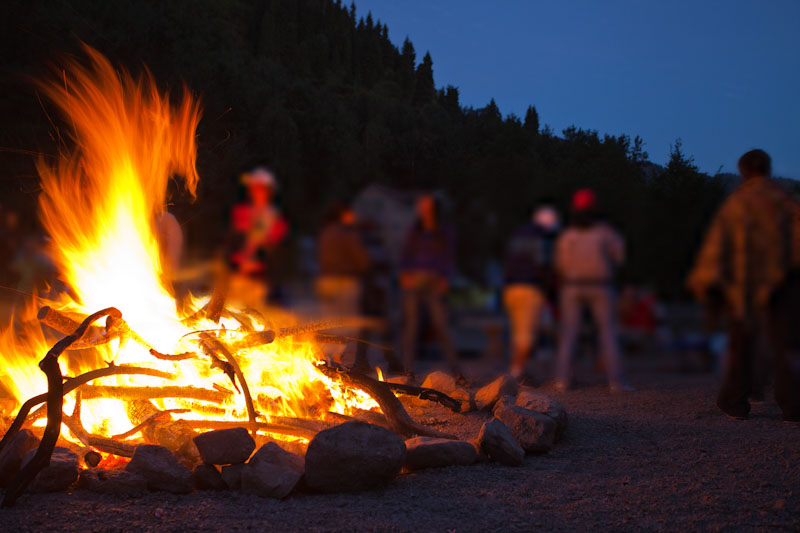
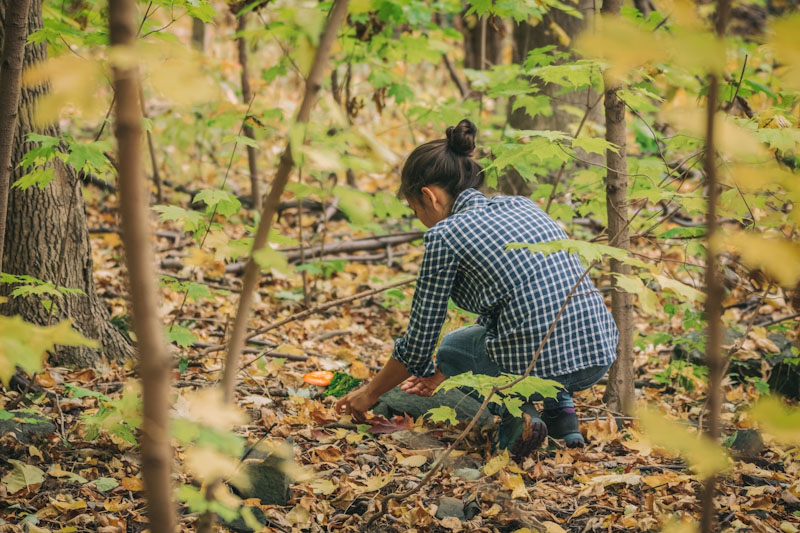
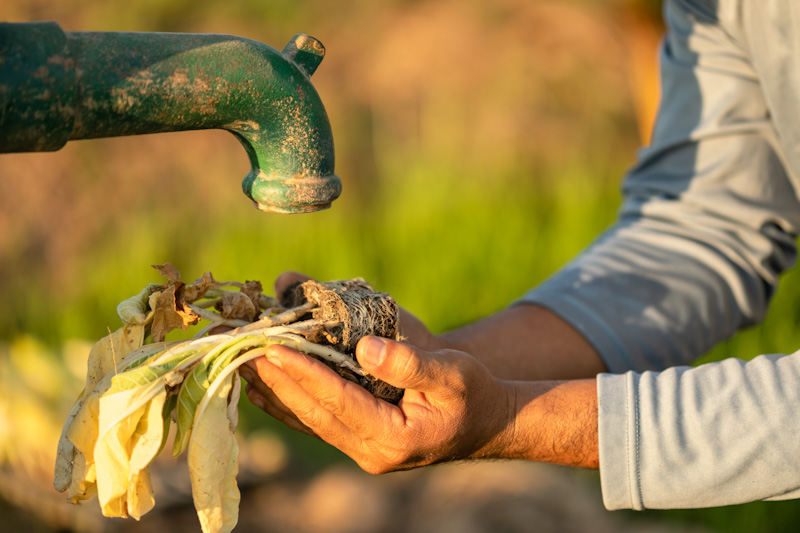


Brian Heinz | July 28, 2023
|
Don’t some states out law rain capture? And if so who said they own the water in the air?
M Conn | July 31, 2023
|
Yes, some people have been prosecuted criminally for collecting rain water. The government’s argument is that it should go to the aquifer or wherever it usually goes for Everyone to use. Oregon I recall, for example.
Lonnie C Larson | August 1, 2023
|
I hope that law will be challenged in a higher court.
It appears to violate Constitutional Law and the edict of; “Life, Liberty and the Pursuit of Happiness.
The rainwater that a person collects will eventually find its way back to nature.
The “State” does not have the right to tell you how to live your life. Just as long as doing so, doesn’t violate another’s rights.
Lonnie C Larson | July 28, 2023
|
In my area we need to install mound systems for sewer collection. My plans are to install two (2) tanks when the time comes for me to replace my existing system. I will use one of the tanks for rainwater collection.
Any thoughts on this idea?
m conn | July 31, 2023
|
Getting the water to the pool from downspouts is an issue. But getting the water from the pool? How would you do that?
Lonnie C Larson | August 1, 2023
|
Using any 12v electric transfer pump, such as the type used in the agriculture or lawn-care industries for their crop sprayers.
These pumps can be purchased at very reasonable prices, and you only need to have a 5 to 10 gallon per minute flow rate.
They run off of a 12v battery system which can be easily charged with a single solar panel and voltage controller.
Then you only need to plumb it into your water filtration system.